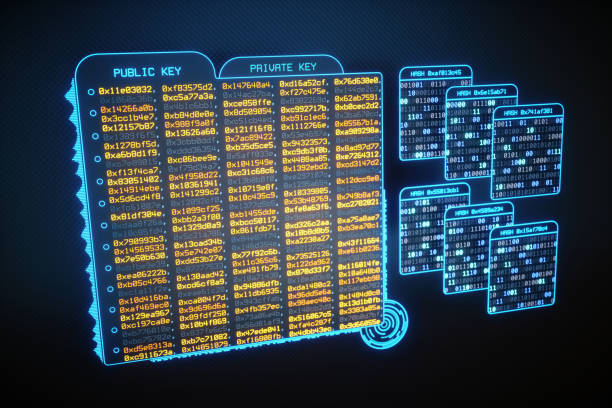Unveiling Cryptographic Hash Functions

Introduction
In the realm of cryptographic hash functions, MD5, SHA-1, SHA-256, and SHA-512 stand as widely used algorithms for data integrity verification. This comprehensive exploration delves into the differences between these hash functions, examining their features, benefits, and vulnerabilities. Additionally, we’ll touch upon the evolving landscape of cryptographic hashing and what the future holds.
MD5 (Message Digest Algorithm 5)
Features:
- 128-bit Hash Output: MD5 generates a 128-bit (16-byte) hash value.
- Widely Adopted: Historically popular for checksums and integrity verification.
Benefits:
- Fast Computation: MD5 is computationally efficient.
- Simple Implementation: Straightforward to implement in various applications.
Vulnerabilities:
- Collision Susceptibility: Vulnerable to collision attacks, where different inputs produce the same hash.
- Cryptographically Broken: Not recommended for security-sensitive applications.
SHA-1 (Secure Hash Algorithm 1)
Features:
- 160-bit Hash Output: SHA-1 produces a 160-bit (20-byte) hash value.
- Commonly Used: Previously standard for certificates and cryptographic applications.
Benefits:
- Efficient: Faster than MD5 but still slower than SHA-256 and SHA-512.
- Widespread Adoption: Embedded in various security protocols.
Vulnerabilities:
- Collision Attacks: Prone to collision vulnerabilities; deprecated for security use.
SHA-256 (Secure Hash Algorithm 256-bit)
Features:
- 256-bit Hash Output: SHA-256 yields a 256-bit (32-byte) hash value.
- Current Standard: Widely used for cryptographic security applications.
Benefits:
- Strong Security: Resistant to collision attacks; suitable for secure applications.
- Efficiency: Balances security and computational efficiency.
Vulnerabilities:
- Quantum Threats: Vulnerable to potential future quantum attacks.
SHA-512 (Secure Hash Algorithm 512-bit)
Features:
- 512-bit Hash Output: SHA-512 provides a 512-bit (64-byte) hash value.
- High Security: Offers a higher level of security with
longer hash lengths.
Benefits:
- Enhanced Security: Strong resistance to collision attacks.
- Long-term Viability: Addresses some concerns of quantum computing threats.
Vulnerabilities:
- Computational Overhead: Slower than SHA-256 due to longer hash lengths.
What’s Coming Next: Post-Quantum Cryptography
As quantum computing advancements pose threats to current hash functions, the field is evolving towards post-quantum cryptography. Emerging algorithms such as [insert algorithm names] are being explored for their resistance to quantum attacks. Read more about post-quantum cryptography in this NIST article.
Features:
- Quantum-Resistant: Designed to withstand quantum computing threats.
- Ongoing Research: Actively researched and refined by the cryptographic community.
Benefits:
- Future-Proofing: Addresses concerns about the potential impact of quantum computing on existing algorithms.
- Adaptive Security: Aims to provide security in both classical and quantum computing environments.
Vulnerabilities:
- Algorithm Maturity: Some post-quantum algorithms are still in the research and evaluation phase.
Conclusion
In summary, MD5, SHA-1, SHA-256, and SHA-512 have played pivotal roles in ensuring data integrity, but with evolving cryptographic landscapes, the need for quantum-resistant algorithms is becoming increasingly apparent. The shift towards post-quantum cryptography signals a commitment to future-proofing our cryptographic practices. Understanding these nuances is crucial for maintaining robust security measures in our ever-advancing technological environment.
📝 For more information about hashing algorithms, refer to this Okta article. This NIST article is also a great resource!